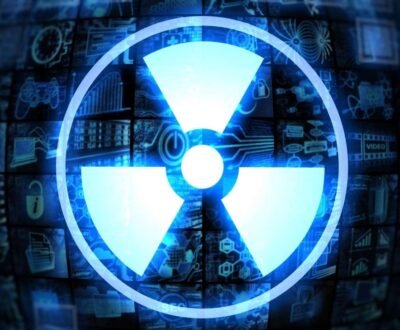In accordance with the latest research investigations, individuals who go through a weak stroke (the one which does not cause an enduring disability) or a TIA (a diminutive stroke when blood supply to a division of the brain is blocked momentarily) should have a CT scan done within twenty-four hours. This is significant because the brain images (in the form of a CT scan) give cross-sectional depictions of brain, which may foretell any upcoming threat of stroke.
Results Of Examination Of Post – TIA CT Scans Of Brains
- Brain injury as a result of limited blood supply to the brain.
- More or less half of all strokes take place in the first few days subsequent to a TIA.
- The majority TIAs go on for no more than five minutes.
- Symptoms of TIA are weakness, lack of sensation, facial palsy(paralysis),indistinct speech, dual vision/loss of sight.
Results like the aforementioned ones, set-off doctors to be more forceful in managing patients with TIA/ non-damaging stroke, who are identified with sudden and severe / long-standing limited supply of blood.
The investigators found that individuals with deprived blood circulation were more prone to have another stroke if their brain images revealed they had recently injured tissue (as a result of reduced blood flow) judged against those individuals who did not sustain deprived blood circulation.
Individuals were more prone to have a future stroke if the images of their brain exposed formerly injured tissue as well as recently injured tissue plus damage to small blood vessels. Also a small percentage of individuals were observed to sustain a stroke in the three months subsequent to TIA or a stroke which was non -damaging.
Many individuals demonstrated long-standing as well as sudden and severe limitation of blood supply in the CTscan images of their brains (in addition to injury to small blood vessels)
During the first forty-eight hours as well as during the initial three months phase, individuals did much poorer in terms of going through a successive stroke in case they had supplementary areas of injury along with sudden and severe limitation of blood supply.
About us and this blog
We are a teleradiology service provider with a focus on helping our customers to repor their radiology studies. This blog brings you information about latest happenings in the medical radiology technology and practices.
Request a free quote
We offer professional teleradiology services that help hospitals and imaging centers to report their radiology cases on time with atmost quality.
Subscribe to our newsletter!
More from our blog
See all postsRecent Posts
- Understanding the Challenges of Teleradiology in India January 19, 2023
- Benefits of Teleradiology for Medical Practices January 16, 2023
- Digital Transformation of Radiology January 2, 2023









